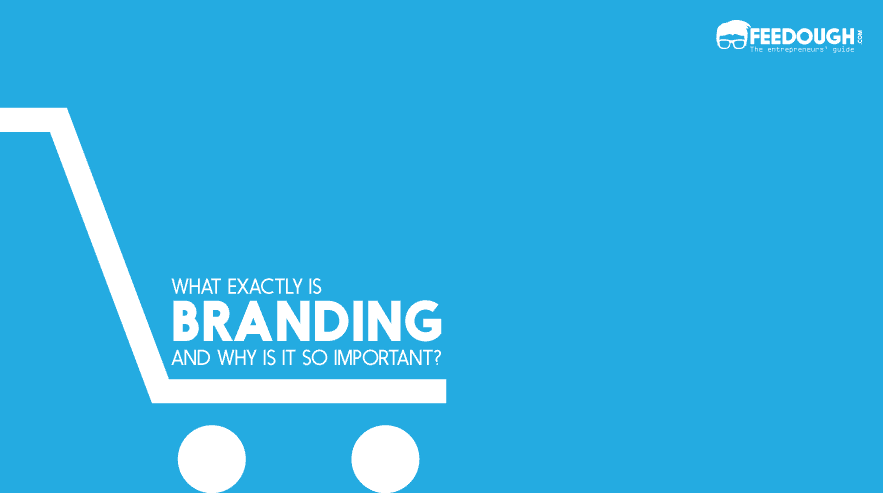Rebranding is a marketing strategy that involves changing the logo, name, concept or design of an existing brand. This change is made with the clear intention to make the brand look so fresh and new that it changes its image and helps it gain back the trust and interest of the target group and the investors.
Rebranding Definition
Rebranding is the process of assigning new characteristics and properties within and outside an already established organisation or offering to give that existing brand a new identity to help it get recognized differently or develop a totally new brand image in the market.
In simple terms, when the brand characteristics like name, design, logo, etc. of an already established organisation or offering are changed or altered with an aim to change its existing brand image or make it get recognized differently than before, it is rebranding.
Few key-phrases that should be focused on to understand the definition of rebranding better –
- Rebranding involves new branding for an already existing brand.
- The aim of rebranding is not to create a new brand but to give the existing one such a facelift that it can compete in the ever-changing market.
- It doesn’t only focus on visuals of the brand but also focuses on the internal operations that run the brand.
Reasons For Rebranding
The value of any brand is dictated by how it is perceived in the market. If the brand is not attractive or the target audience can’t relate to the brand, it will not thrive in the long run. Hence, rebranding proves to be a favoured branding strategy to facelift the existing image to build a reputable image in the long run.
Besides this, the various reasons to rebrand are:
Change In The Target Demographic
Every brand has a target demographic that can and keeps changing from time to time because of the changes in trends, technology, etc. It can also change when the brand grows larger and targets a broader audience than before. To be able to stay up to speed with the changing target demographics, a brand will have to use rebranding to stay attractive to its broad audience.
Emergence Of New Technology
Often times, the introduction of new technology makes it imperative for a brand to rebrand itself and be relevant. This type of rebranding may not be a full makeover but just a change in the brand characteristics like the brand logo, tagline, etc.
Emergence Of New Markets
Sometimes, branding that suits one market isn’t necessarily suitable for others. Take Mcdonald’s for example. The company had to rebrand itself as Makudonarudo (マクドナルド) when it planned to tap Japan as a new market.
Faulty Existing Brand Image
There are times when the planned brand identity doesn’t convert into the expected brand image and backfires for the company. Such times require the company to give branding a second try by rebranding and improving the faulty existing brand image.
Change Of Business Ownership
Change of business ownership like that in the case of mergers, demergers, and acquisitions, often requires a brand to rebrand itself to make the change visible and to comply with legal requirements.
Unforeseen Emergent Situations
Since the world is full of uncertainty, there is always a threat from unforeseen situations like bankruptcy, legal complications, bad reputation, etc. for which no brand can pre-plan. Rebranding can help almost any brand to tackle the volatility and adapt according to the situation at hand. If the brand takes a hard fall because of an unforeseen event, rebranding can be its saviour in the long run.
Rebranding Examples
Airbnb
Airbnb, the community based two-sided online marketplace that helps connect travellers with local hosts, just positioned itself as a marketplace when it was launched in 2008. However, with the increased competition and more demanding customers, the company was compelled to rebrand itself in 2014 where it introduced new signature colour palette, typography, and a fresh logo, dubbed the ‘bélo’.
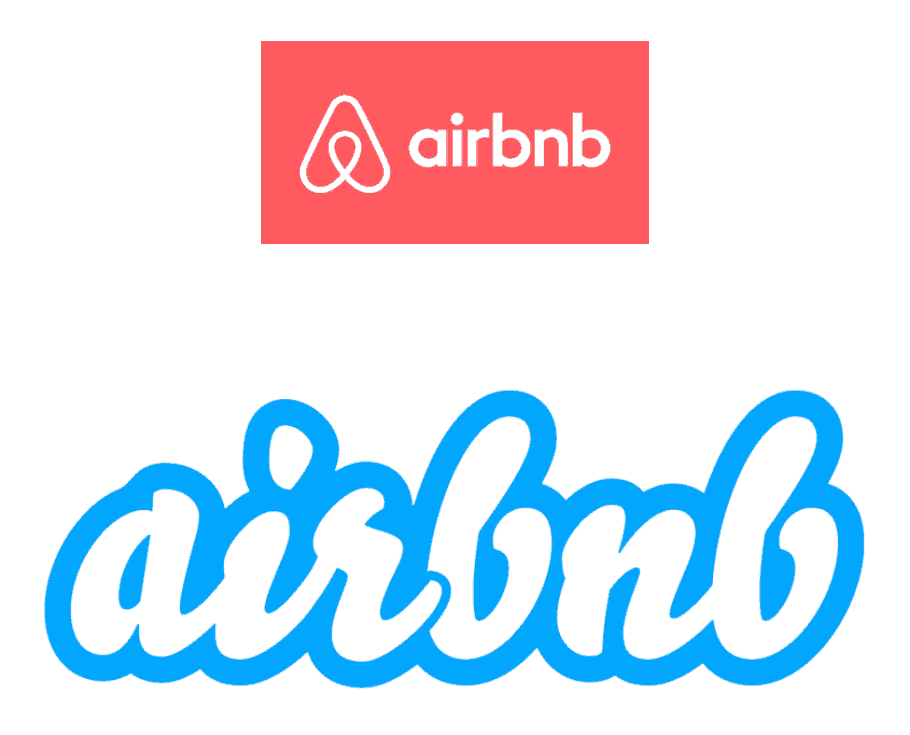
Instagram, the number one image-based social media network owned by Facebook, was not as popular as Facebook when it was acquired. But it had a huge potential that wasn’t properly recognised by the world because of poor branding.
After Facebook saw it’s potential, it rebranded Instagram to change its brand outlook totally by introducing a new logo, changing its UX, adding new features, and changing its brand colours.

How to Rebrand
Rebranding comes with huge costs – both monetary and non-monetary. Hence, this strategy should be executed only when it is absolutely necessary.
Here’s a simple rebranding checklist that one can follow if he plans to rebrand his existing offering or organisation –
Find out Why it is Necessary
Rebranding has its own costs which aren’t limited to short term time and money requirements. A faulty or hasty rebranding strategy can cost a company a lot in the long run.
This strategy should only be executed only when it is really necessary. Hence it is better to first spend time making sure that it is absolutely needed.
Ask the following questions to find out if it is time to rebrand:-
- Is the company going to or has expanded its operations and reach in new markets?
- Do legal regulations require the company to rebrand?
- Does the company face a threat from a competitor who has similar branding?
- Is the customer base losing interest and trust in the brand?
If the answer to these questions is ‘yes’, it will be a good idea to start rebranding.
Plan How It Should Be Done
Every rebranding strategy is focused on a different goal and a different target audience. Once the necessity is identified, it is advised to set a goal and draft a strategy which revolves around fulfilling that goal.
Developing an in-depth plan will help understand what needs to be changed and how much will the change cost in terms of money and time. The cost of rebranding depends on various factors including the geographical location, type of business, amount and depth of the changes needed, etc.
Make Things More Intuitive
Changing the branding drastically can confuse the audience and may backfire in the long run.
Rebranding strategy should be laid down by putting more intuitive thought and considering the existing feelings and brand perceptions of the existing customers and the target market.
Make Full Use Of Customer Feedback
The unspoken rule of rebranding is to always keep in mind what the customer looks for. It’s a preferred practice to plan the rebranding strategy by making sure that the feedback and reviews given by the customers are understood and acted upon properly.
The customers are able to give the best hints for rebranding as they are the ones who use or are going to use the products and services offered.
If It Works Fine Don’t Change It
Rebranding doesn’t require a brand to change its every aspect. If something looks and works the way it was intended to and has no problems, it doesn’t need to be changed just for the sake of rebranding.
Let the World Know
Once all the changes are strategized and executed, rebranding is said to complete once it is announced to the world. A lot of promotion and marketing strategies are used to inform the rebranding decision and gain acceptance and trust of customers in the market.
Rebranding vs Relaunching
Relaunching a product, in short, means launching the product for a second time. The reasons for relaunching an offering are:-
- Confusion in the market
- The product being faulty
- An attempt to make excitement again so as to increase sales
Rebranding, on the other hand, refers to the marketing strategy wherein the logo, design, name, etc. are changed in such a way that the brand retains the attention and remains attractive to its target customer base.
Rebranding vs Redesign
Redesign refers to only changing the design of the brand and designing it again in a different way so that it looks more unique, without changing its brand identity.
Whereas in rebranding, not only the design but the name, colours, concept, and the functioning of a brand are changed in such a way that it becomes ready to face the existing competition, customer expectations and trends.
Go On, Tell Us What You Think!
Did we miss something? Come on! Tell us what you think about our article on rebranding in the comments section.
A startup consultant, digital marketer, traveller, and philomath. Aashish has worked with over 20 startups and successfully helped them ideate, raise money, and succeed. When not working, he can be found hiking, camping, and stargazing.

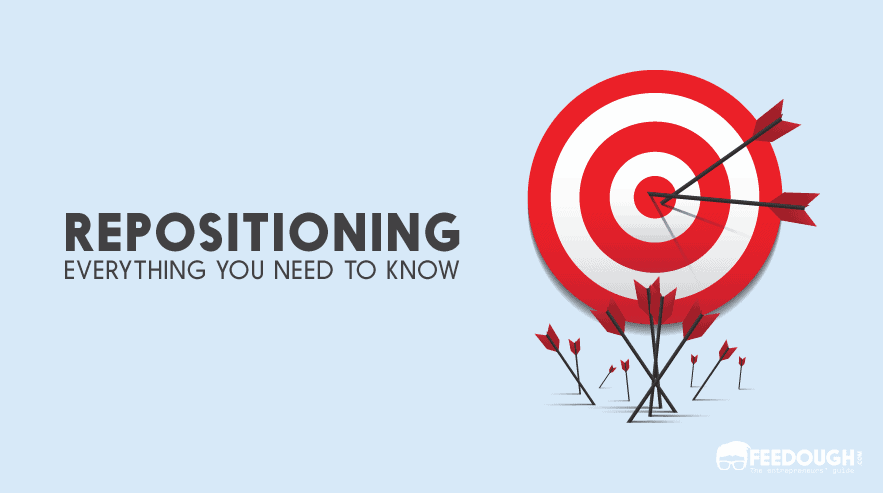
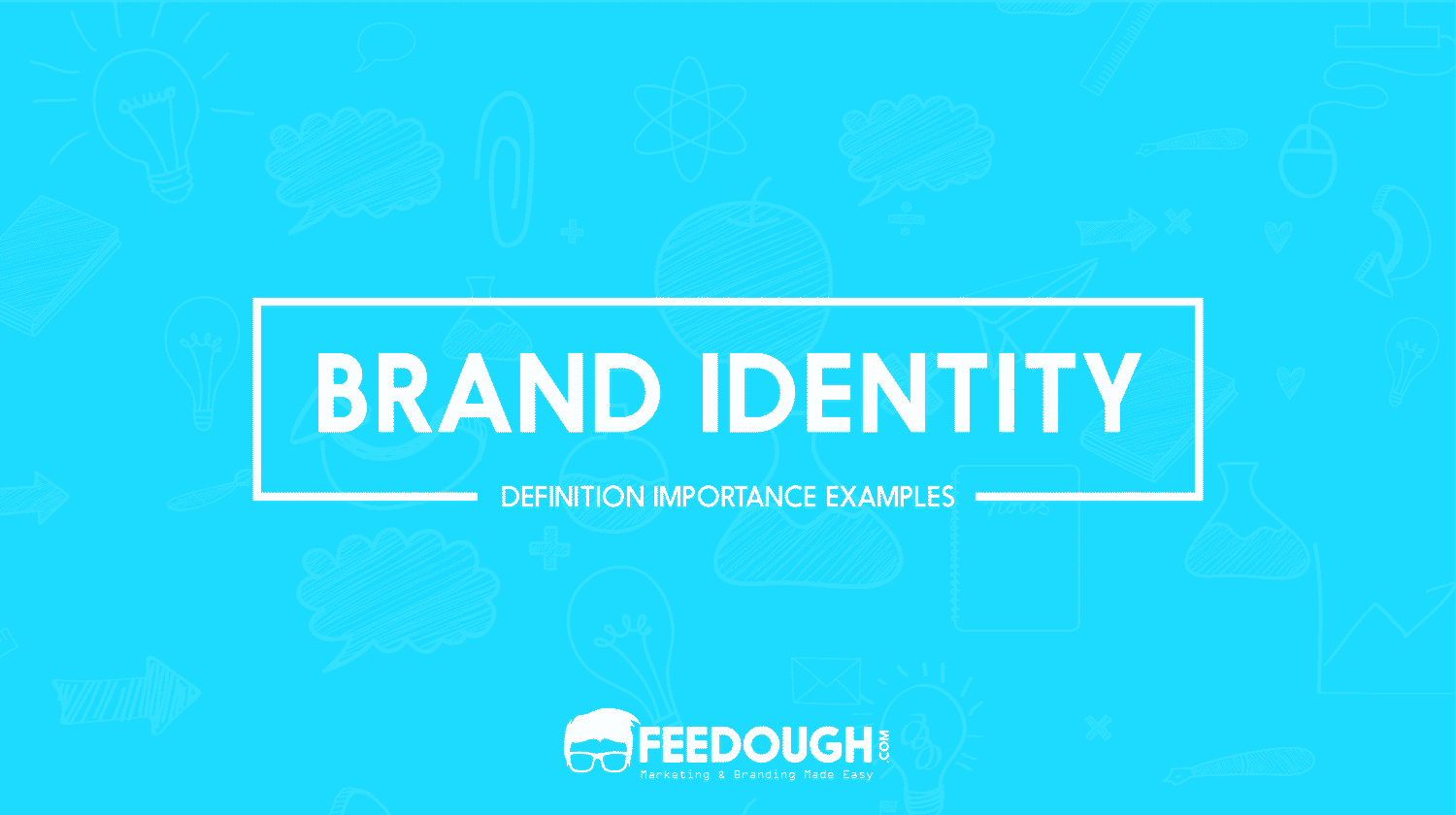

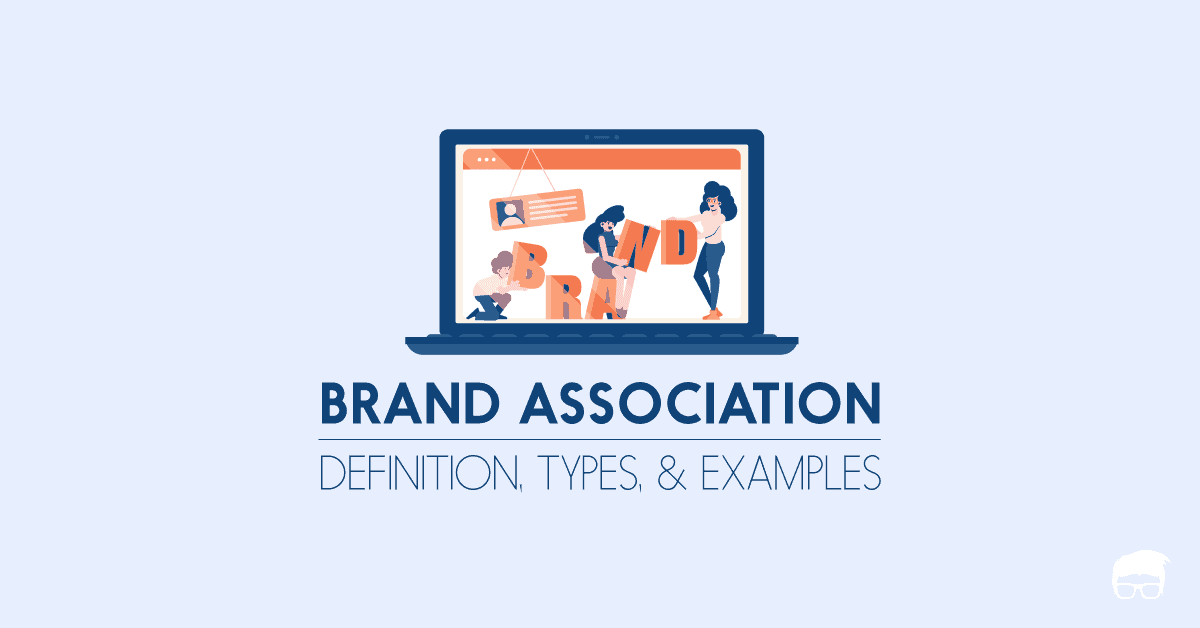

![What Is Brand Strategy & How To Develop One? [Ultimate Guide] BRAND STRATEGY](https://www.feedough.com/wp-content/uploads/2019/11/BRAND-STRATEGY.webp)

